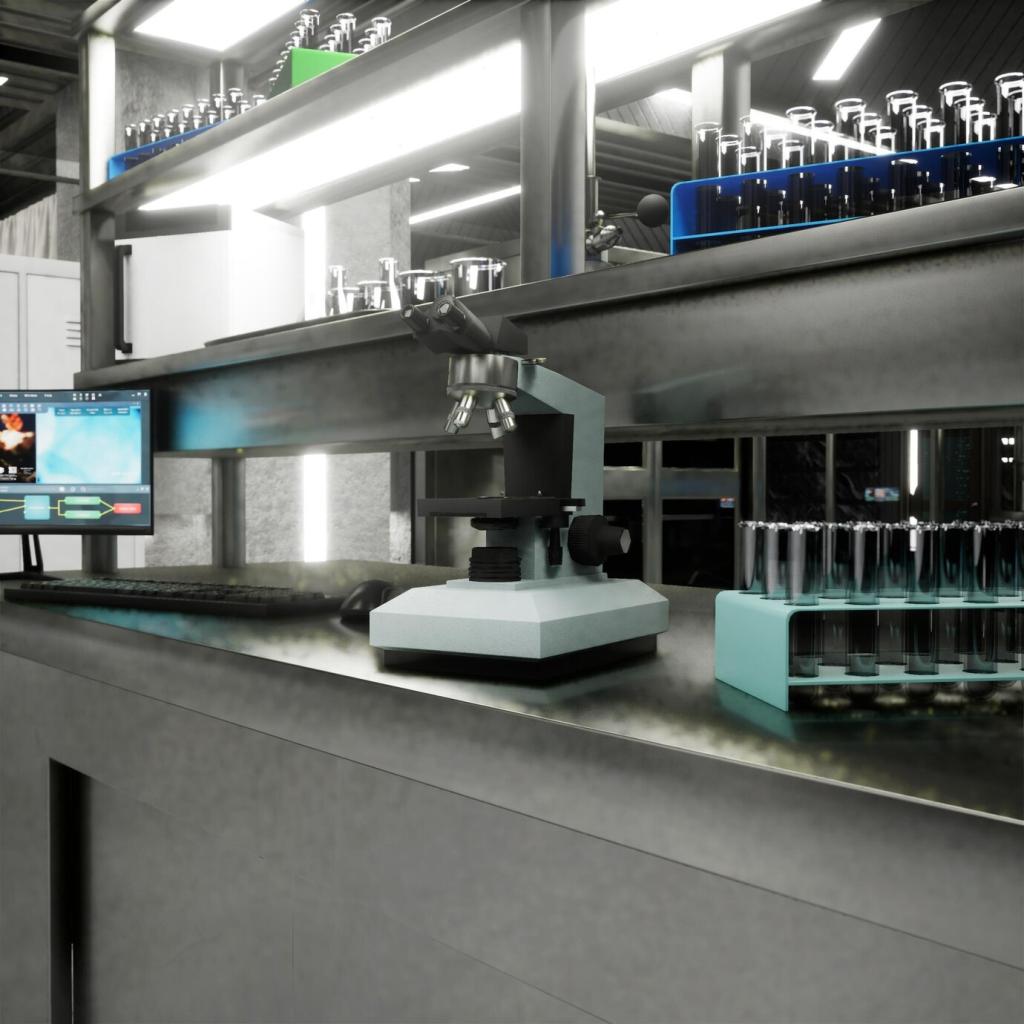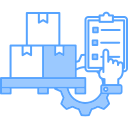Case Studies: Successful Warehouse Automation Implementations
Chosen theme: Case Studies: Successful Warehouse Automation Implementations. Welcome to a front-row view of real operations transformed by smart technology, pragmatic leadership, and relentless curiosity. Dive into true-to-life stories, practical wins, and honest lessons learned—then subscribe and share your experience to keep this case study series vibrant and useful.




Aisles were narrow, clients rotated frequently, and the warehouse could not pause. The team mapped traffic, tagged keep-out zones, and created mixed-mode workflows where humans handled exceptions while AMRs shuttled totes. Safety, speed, and coexistence—not wholesale rebuild—guided every decision during planning.



E‑grocery delivers freshness with fast sortation and cold chain rigor
Orders spanned three temperature bands, so engineers separated flows early, used short dwell buffers, and synchronized pack timing. A memorable lesson came from a veteran associate who said freshness is “minutes, not miles,” prompting stricter time gates between pick, pack, and dispatch across all zones.
E‑grocery delivers freshness with fast sortation and cold chain rigor
A WES synchronized induction rates across zones, while IoT sensors tracked lane temperatures and door-open dwell. Alerts nudged teams before thresholds were breached. The control room projected lane performance and driver ETA offsets, keeping dispatch aligned with pick waves instead of chasing last-minute exceptions.
Compliance woven into every step
Compliance wasn’t an add-on. The system validated DSCSA serialization, enforced lot and expiry checks, and logged events with electronic signatures. Vision cameras flagged label damage instantly, reducing rework and ensuring audit trails were complete, searchable, and trusted by both QA and external inspectors.
Human-friendly automation for delicate items
Cobots assisted with kitting and repack, monitoring force and speed to protect blister packs and vials. Associates described the arm as a steady extra pair of hands. The real win was consistency: fragile items moved with gentle, predictable motions, regardless of shift load or fatigue.
Quality metrics and audit readiness
Pick accuracy exceeded 99.9%, while deviation investigations shortened thanks to traceable images and weights linked to every tote. When a surprise audit arrived, the quality lead pulled complete histories within minutes. Want our validation testing checklist? Say “validation,” and we’ll summarize key protocols.
Change management turns tech into results
Training that sticks and scales
A train-the-trainer model grew trusted superusers who coached peers on the floor. Simulation labs rehearsed go-live scenarios, while microlearning videos lived on handhelds for quick refreshers. One associate said the two-minute clips saved her during a scanner freeze mid-rush, preventing a cascading delay.


Data readiness before go-live
Teams cleaned units of measure, harmonized pack sizes, retired duplicate SKUs, and rebuilt slotting using ABC velocity and touch frequency. That groundwork cut exceptions dramatically. An engineer joked the best automation was a clean spreadsheet—a reminder that accurate data makes robots appear smarter and faster.
ROI patterns that keep showing up
Projects blended fixed automation with flexible elements like AMRs to hedge demand uncertainty. Scenario modeling revealed sweet spots where subscription robots covered volatility, while shuttles or conveyors handled steady base load. CFOs appreciated staged investments tied to validated throughput milestones instead of optimistic forecasts.
ROI patterns that keep showing up
Teams planned for a realistic three-phase ramp: stabilize accuracy, unlock speed, then expand SKU breadth. Utilization targets triggered each phase, preventing premature scale. The result was fewer surprises, consistent SLA gains, and calmer peaks as systems absorbed extra load without frantic last-minute staffing.
ROI patterns that keep showing up
Energy-smart drives, cartonization algorithms, and shorter travel paths trimmed kilowatt hours and corrugate waste. One site shifted to right-sized packaging and saved truckloads of air weekly. Have data on sustainability impacts in your warehouse? Share it, and we’ll feature anonymized metrics in an upcoming case roundup.
